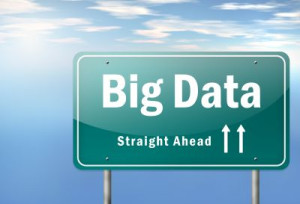Romi Mahajan, President Pepper
Ann Eberle Thomas, CRO Pepper
Dharmesh Godha, President Advaiya
In a recent discussion with an executive, CRM software came up as a hot topic. Her assertion was that too many customers see CRM as a “commodity” and thus balk at upgrades, new purchases, and list-prices. The comment was interesting for a variety of reasons of which the most important was the degree to which this flies in the face of the claims (obviously) that CRM providers make. After all, they argue, if your customers are your lifeblood (as you claim) then how can the system that enhances your ability to build long, loyal relationships be relegated to commodity status? Isn’t a CRM system your best front-end to the customer and as such a core tool to boost sales? If so, how can you think of it as being “just there?”
Commodity? Not a commodity? The grass is green on both sides of the fence, but that is because our imagination has failed when it comes to both CRM and software in general. We continue to make software fit our calcified methods and processes versus letting it liberate us from these very constraints.
Let’s focus on CRM as an illustrative case. From the beginning, organizations have had relationships with their customers- this is simply a truism. Before machines, before computers, before software, before it all, organizations connected with customers and prospects and conducted business. But when some decades ago, intrepid entrepreneurs like Tom Siebel and Marc Benioff realized that specialized software solutions could be used to enhance an already existing idea, the category “CRM” was born. Once the genie leaves the bottle, it cannot be put back in. Once a category is in the world and the lexicon is understood by all, it takes on a life of its own. As such, today CRM is a decabillion dollar business and there are over a thousand companies that build CRM solutions and platforms.
When faced with so many choices and so many seemingly mundane applications of the category, it is no wonder that many think of it as a commodity. This is an understandable if unfortunate fact. When we take an existing idea and an existing process and simply make it “a bit better” with software, the software itself is measured in increments of value. The game in this case is linear.
What if, however, the CRM system allows you to quickly revisit the taxonomies and hierarchies you’ve held as sacrosanct before? What if the CRM system allows you to do different and dynamic things at scale whereas the previous dispensation made those ambitions impossible? In these cases, CRM is not a commodity but is, to use an overused term, a game-changer. Here, the game is non-linear.
That indeed is the nature of innovation. Incremental change and enhancements are good but when an entire epistemology or process is changed, innovation occurs. Innovation is very much a product of the outcome. As such, customers are thus the judge of whether a software solution is innovative or not.
Coming back to CRM. Yes, organizations have from time immemorial “related” to their customers, but the ability to do it not only at scale but by bringing to bear a variety of otherwise disparate data points, is powerful and indeed innovative. The watchword here is “integration” and how it relates to customer engagement. Customers are not monoliths, given to a unidimensional description. They are active, dynamic, multi-faceted beings. When CRM can help you not only discover deep context but also capitalize on it to offer value to these customers, then it ceases to be a commodity.
It requires us to use our imagination.





